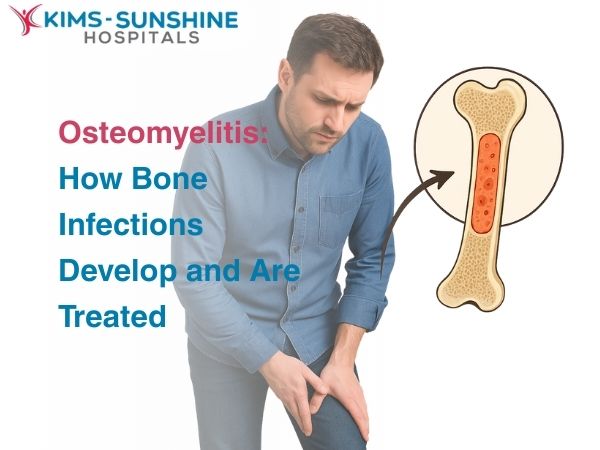
Best Sleeping Positions for People with Back Pain
 Back pain can be a persistent issue that affects daily life. For many, it worsens at night, disrupting sleep. The way you sleep plays a crucial role in either relieving or aggravating back pain. Finding the right sleeping position can reduce pressure on the spine, improve spinal alignment, and promote better sleep quality.
Back pain can be a persistent issue that affects daily life. For many, it worsens at night, disrupting sleep. The way you sleep plays a crucial role in either relieving or aggravating back pain. Finding the right sleeping position can reduce pressure on the spine, improve spinal alignment, and promote better sleep quality.
In this blog, we’ll explore the best sleeping positions for back pain relief, tips for improving sleep posture, and expert insights from Dr. Kushal Hippalgaonkar on managing chronic back pain effectively.
Why Sleeping Position Matters for Back Pain
The spine has a natural curvature, and improper sleeping positions can put stress on different areas, leading to muscle stiffness, nerve compression, and prolonged pain. The goal of an ideal sleeping position is to:
- Maintain spinal alignment
- Reduce pressure on the lower back
- Provide even weight distribution
- Minimize muscle tension
Let’s explore the best sleeping positions and how they help with back pain.
1. Sleeping on Your Back with a Pillow Under the Knees
Best for: Lower back pain, spinal alignment
Sleeping flat on your back helps distribute weight evenly across the body and keeps the spine in a neutral position. Adding a small pillow under the knees can help maintain the natural curve of the spine, reducing stress on the lower back.
Tip: Use a firm mattress to support the back properly and prevent sagging.
2. Sleeping on Your Side with a Pillow Between the Knees
Best for: Sciatica, herniated discs, arthritis
Lying on your side with a pillow between the knees keeps the hips, pelvis, and spine properly aligned, reducing strain on the lower back. This position can help relieve sciatic nerve pain and pressure from herniated discs.
Tip: Switch sides occasionally to prevent muscle imbalance.
3. Fetal Position (Curled Up on the Side)
Best for: Herniated disc pain, spinal stenosis
The fetal position—where you sleep on your side with your knees drawn toward your chest—creates more space between the vertebrae, reducing pressure on the spinal discs. This position is particularly helpful for people with a herniated disc or spinal stenosis.
Tip: Keep a pillow under the head and between the knees for optimal support.
4. Sleeping on Your Stomach with a Pillow Under the Hips
Best for: Mild lower back pain (not recommended for chronic pain)
While stomach sleeping is generally discouraged, some people find relief from back pain by placing a thin pillow under the hips to reduce pressure on the lower spine. This position can help ease discomfort from degenerative disc disease.
Tip: Use a flat pillow or no pillow under your head to prevent neck strain.
5. Reclined Sleeping Position (Using an Adjustable Bed or Wedge Pillow)
Best for: Spinal stenosis, spondylolisthesis, lower back pain
A reclined position reduces pressure on the spine and may help people with spinal stenosis or spondylolisthesis by keeping the spine naturally curved. An adjustable bed or a wedge pillow can help maintain this posture.
Tip: Ensure lumbar support to avoid excessive arching in the lower back.
Additional Tips for a Pain-Free Sleep
- Choose the Right Mattress: A medium-firm mattress provides the best balance of support and comfort for back pain sufferers.
- Invest in a Supportive Pillow: The right pillow height and firmness helps maintain neck and spine alignment.
- Stretch Before Bed: Gentle stretches or yoga poses can loosen tight muscles and promote relaxation.
- Avoid Sleeping in the Same Position for Too Long: Shift positions occasionally to prevent stiffness and pain.
- Maintain a Regular Sleep Routine: Going to bed and waking up at the same time improves sleep quality and spinal health.
Finding the right sleeping position is essential for managing back pain and improving overall sleep quality. Whether you prefer sleeping on your back, side, or in a reclined position, proper spinal alignment and support are key.
If back pain persists despite adjusting your sleeping position, it may indicate an underlying issue that needs professional evaluation. Consulting an orthopedic expert like Dr. Kushal Hippalgaonkar can help identify the cause and recommend the best treatment plan.
By prioritizing good sleep posture and healthy habits, you can wake up feeling refreshed, pain-free, and ready to take on the day!






